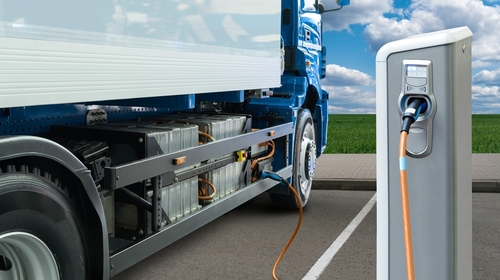
In a recently released report, the American Transportation Research Institute (ATRI) assesses the infrastructure requirements to convert the U.S. vehicle fleet to battery electric.
Full electrification would use more than 40 percent of the country’s present electricity generation, with some states needing to generate as much as 60 percent more electricity. Domestic long-haul trucking would use more than 10 percent of the electricity currently generated.
“Carbon-emissions reduction is clearly a top priority of the U.S. trucking industry, and feasible alternatives to internal combustion engines must be identified,” Srikanth Padmanabhan, Cummins engine business president, said. “ATRI’s research demonstrates that vehicle electrification in the U.S. will be a daunting task that goes well beyond the trucking industry – utilities, truck parking facilities, and the vehicle production supply chain are critical to addressing the challenges identified in this research. Thus, the market will require a variety of decarbonization solutions and other powertrain technologies alongside battery electric.”
In addition, ATRI found that electrification of the vehicle fleet would require 6.3 to 34.9 years of current global production for the raw materials needed to produce batteries. These materials include cobalt, graphite, lithium, and nickel.
Additionally, ATRI found that current technology will necessitate more chargers than there are truck parking spaces in the United States, with hardware and installation costs of $112,000 per unit, or more than $35 billion system-wide.